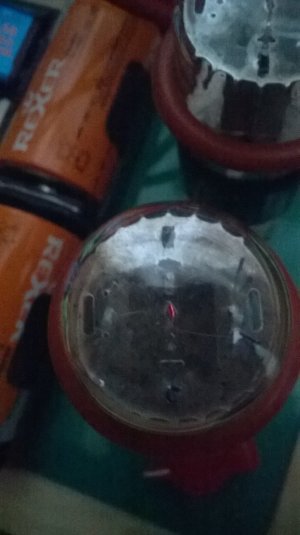To calculare bass rolloff (cutoff frequency) you can apply the same formulae for a simple RC high pass-filter.
You can use this calculator, for example http://sim.okawa-denshi.jp/en/CRhikeisan.htm
Use power amp's impedance for "R" and output cap's value for "C"; please bear in mind that when you use two caps in parallel you have to sum their capacitance value and use this value for "C".
Hope it helps!
Ciao
You can use this calculator, for example http://sim.okawa-denshi.jp/en/CRhikeisan.htm
Use power amp's impedance for "R" and output cap's value for "C"; please bear in mind that when you use two caps in parallel you have to sum their capacitance value and use this value for "C".
Hope it helps!
Ciao

